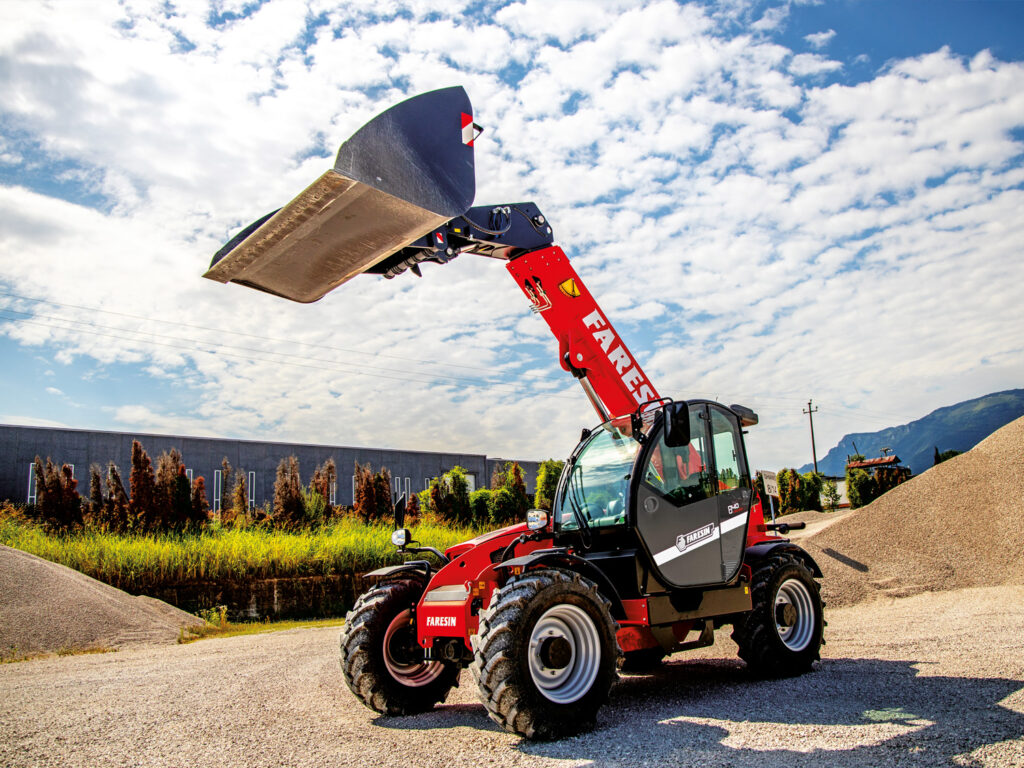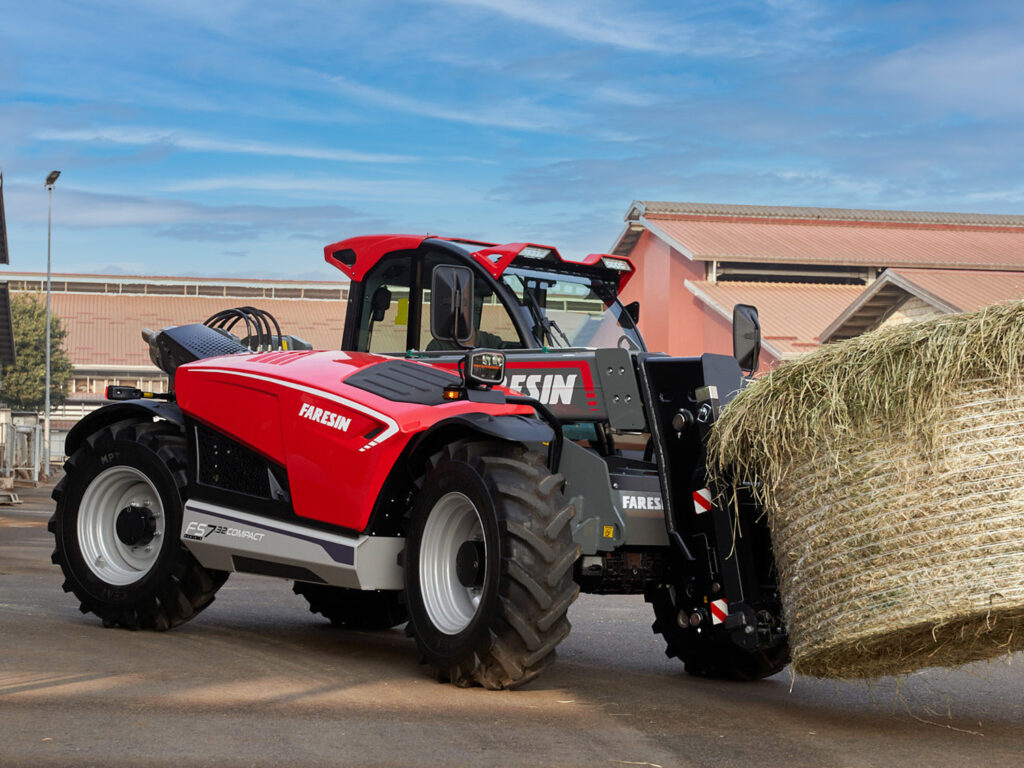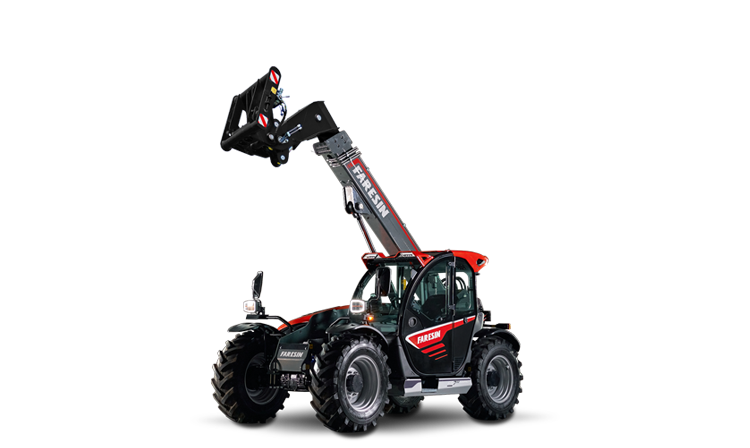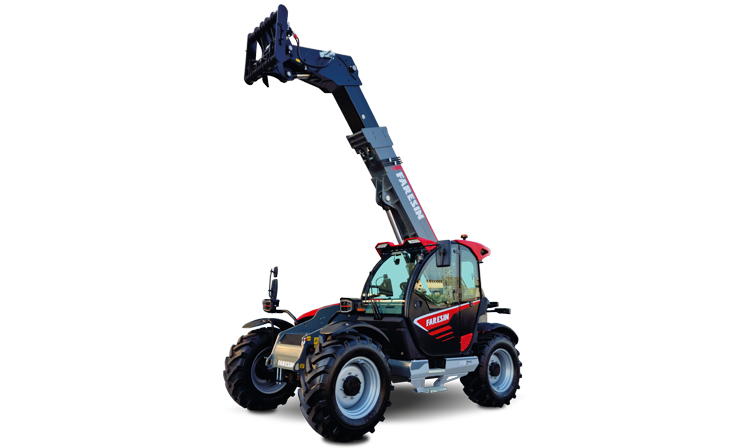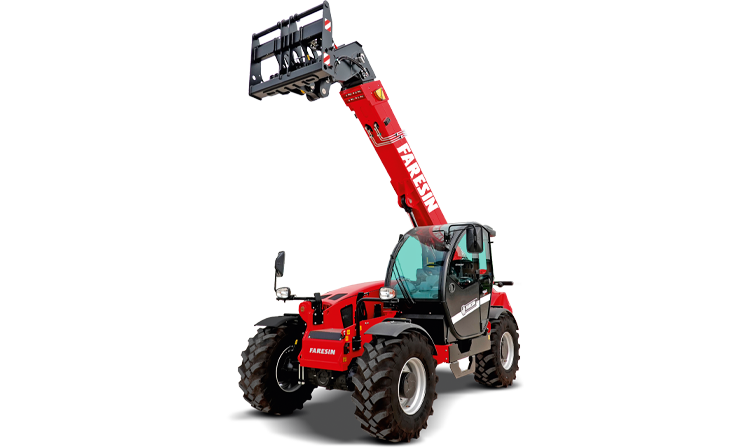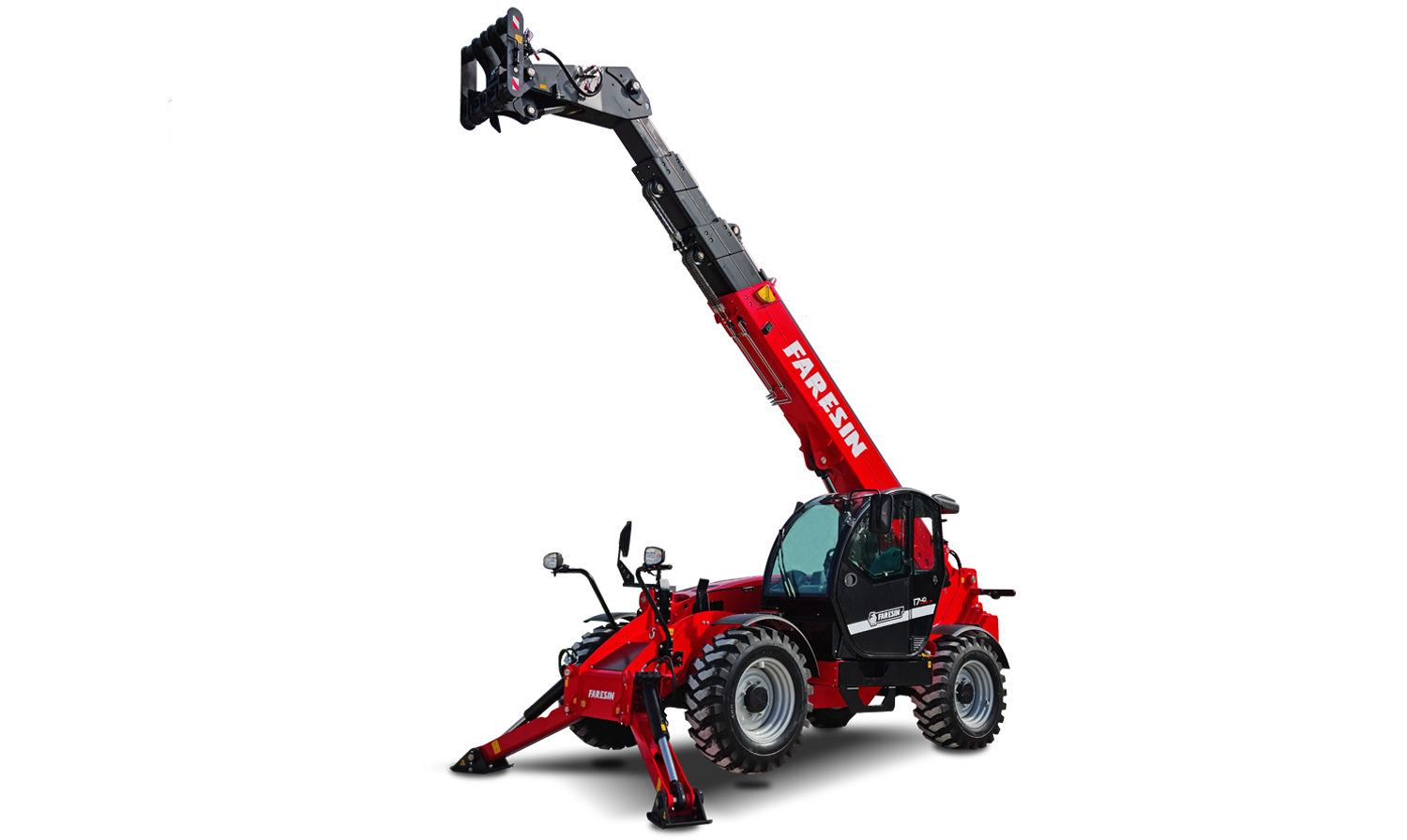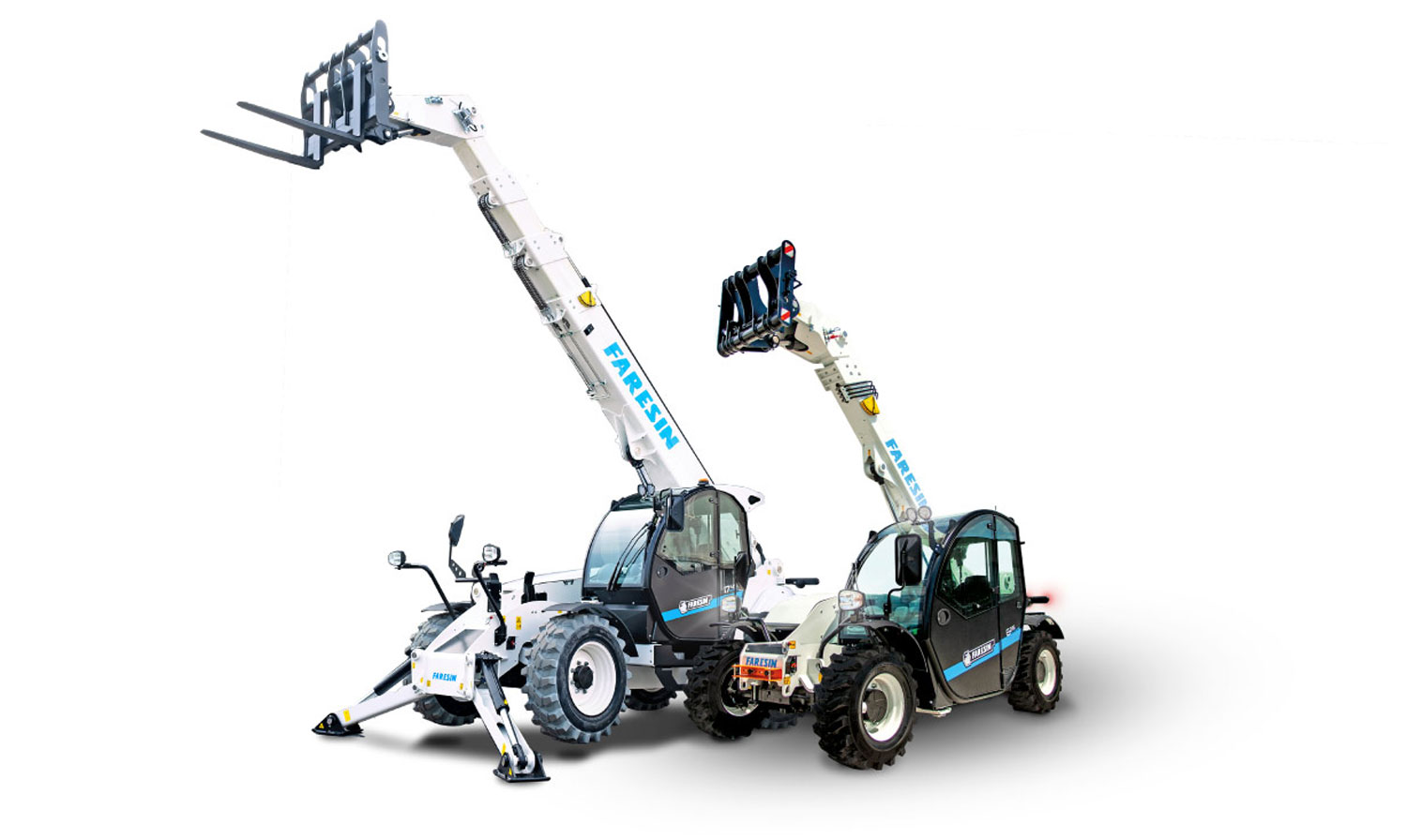SMALL RANGE
It is the model suitable in all situations where facilities and work environments have limited space.
- 2,6 ton lifting capacity
- 6 m lifting height
- Power 51.7/69.3 kW/hp
FS COMPACT
High-level performance with great agility in tight spaces and unique visibility. Spacious and ergonomic cabin also in lowered version.
- 3,2 ton lifting capacity
- 7 - 9 m lifting height
- Low Cabin Height 2,06 m
FS MIDDLE
FS Middle is suitable for companies looking for a ductile machine that allows management savings and high performance.
- 4 - 4,5 ton lifting capacity
- 7 - 10 m lifting height
- 4 models
